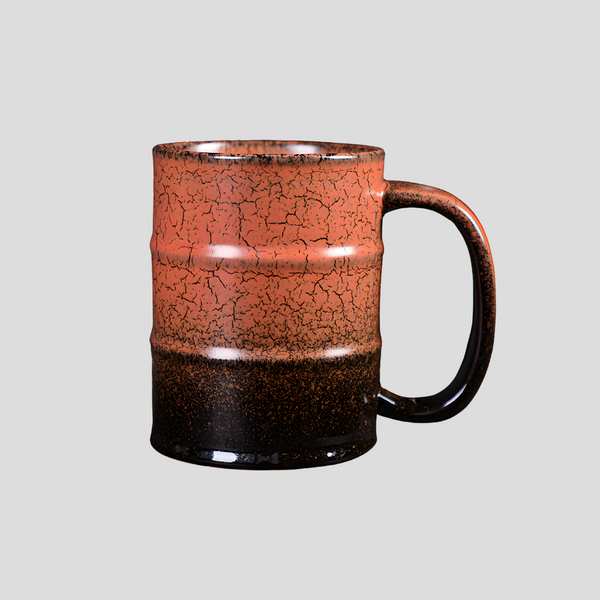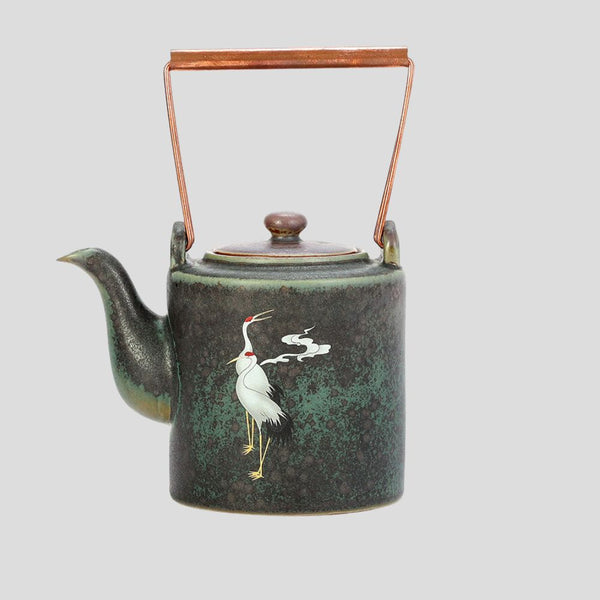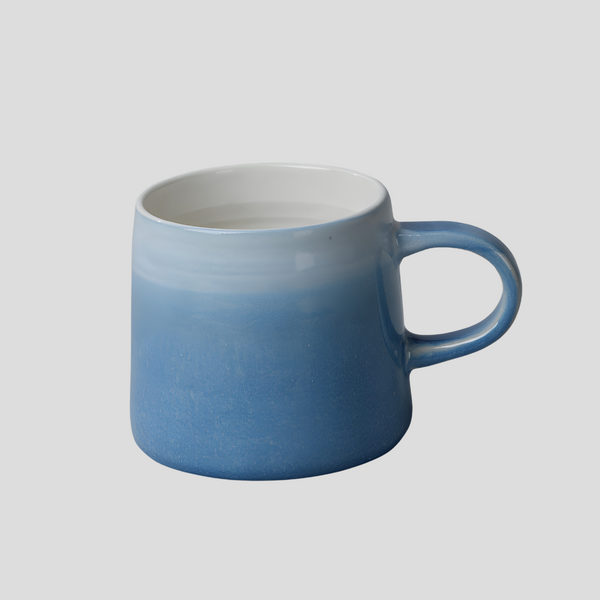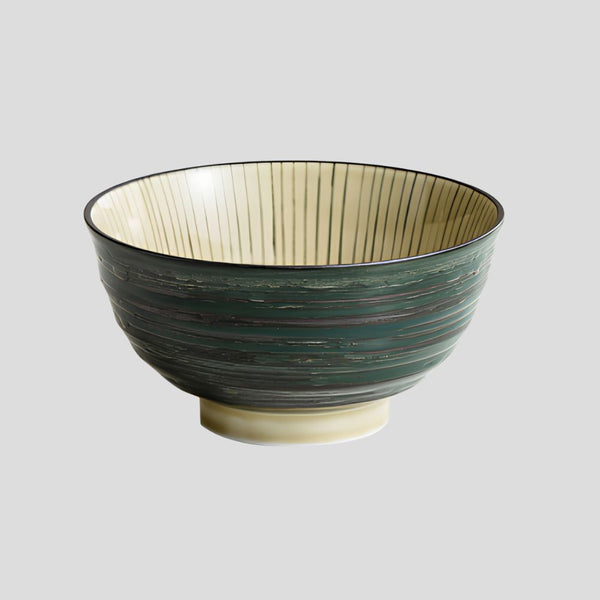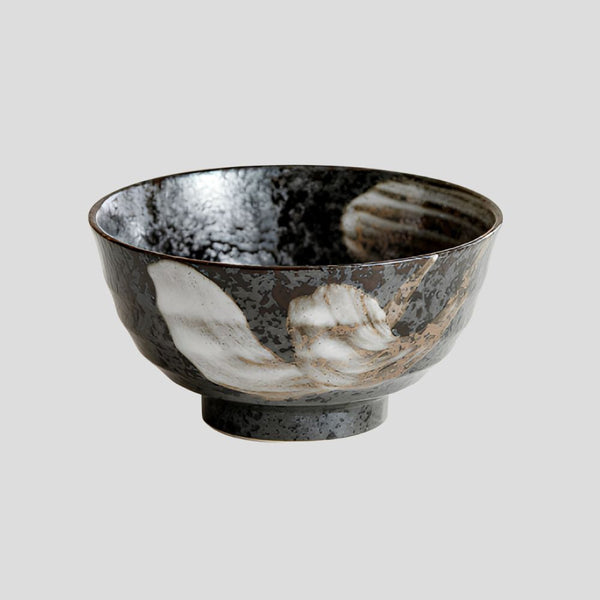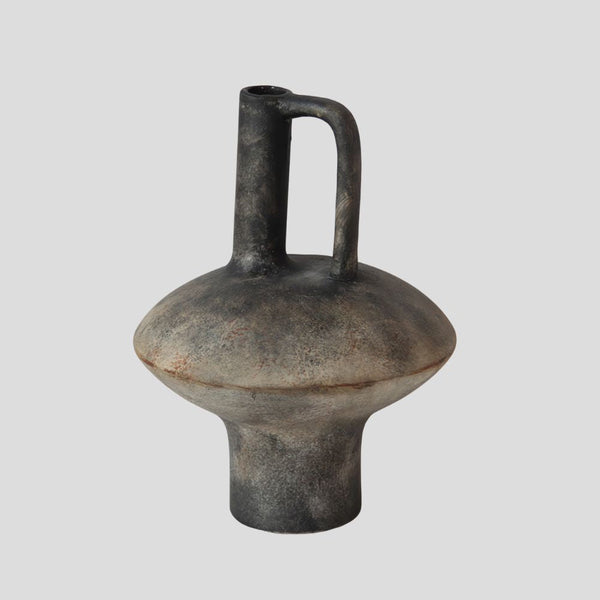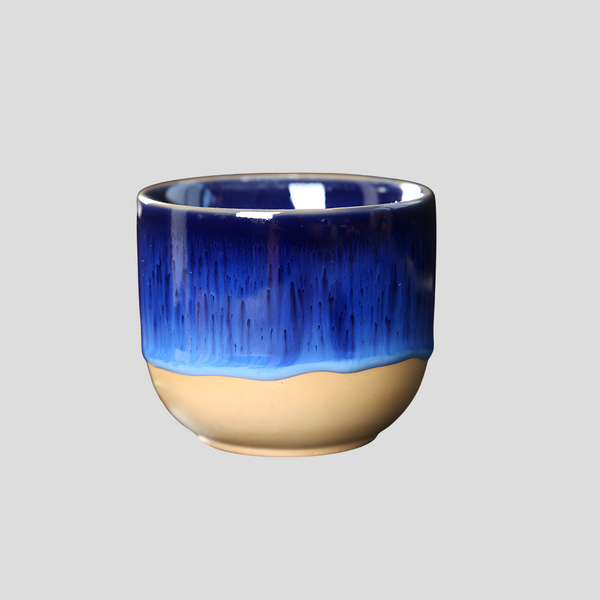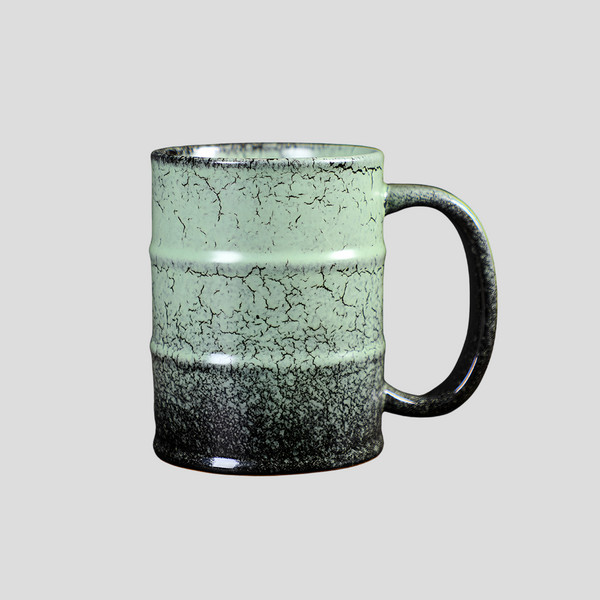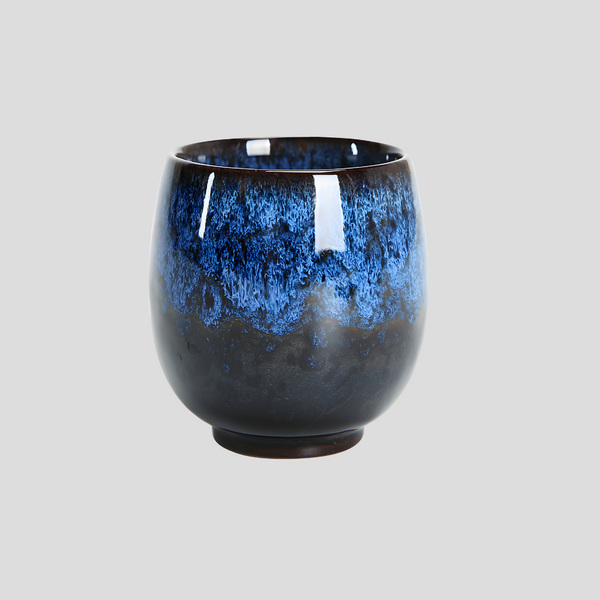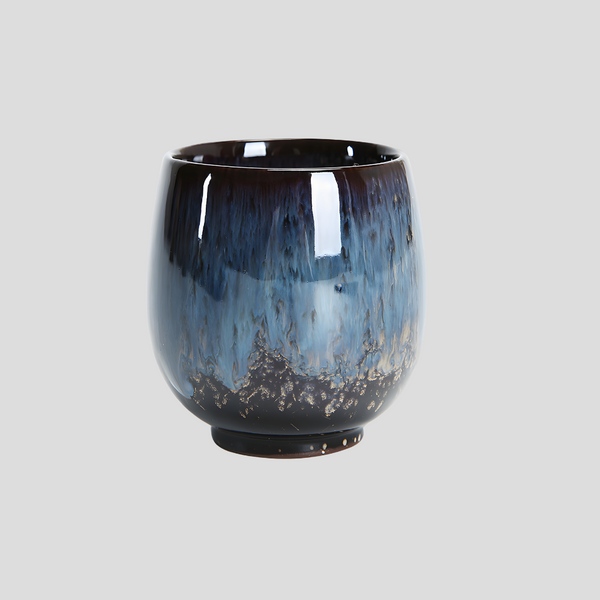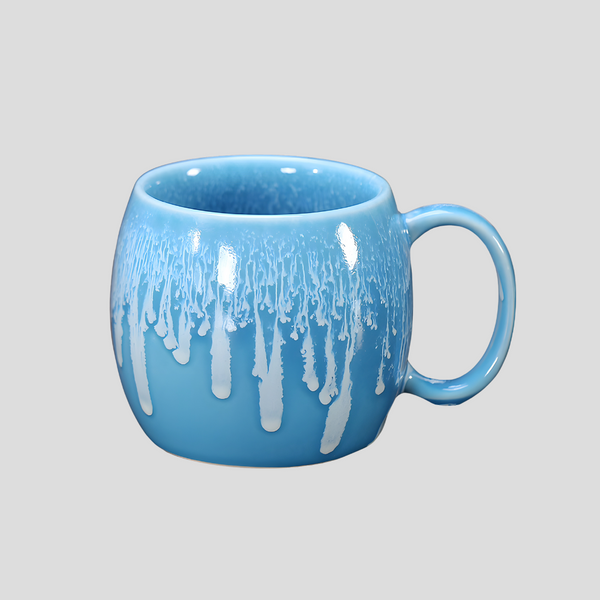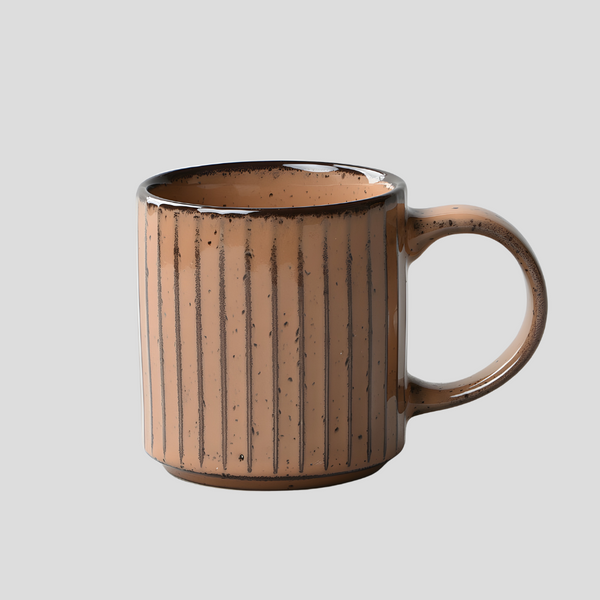
Exploring the Art of Thrown Ceramics
Exploring the Art of Thrown Ceramics
Thrown ceramics, a practice that dates back thousands of years, is more than just a method of creating pottery. It's an art form that requires patience, skill, and an intimate understanding of the materials at hand. The beauty and complexity of thrown ceramics lie in their creation process, which involves shaping clay on a potter's wheel. This intricate process melds the earth's simplicity with human creativity, producing objects that are both functional and aesthetically pleasing.
The Origins of Thrown Ceramics
The practice of throwing ceramics on a wheel originated around 4,500 BCE in the region that is now the Middle East. The invention of the potter's wheel revolutionized pottery production, making it faster and enabling potters to create more uniform shapes. Over millennia, the technique spread across the globe, with each culture adding its unique touch to the craft. From the fine porcelains of China to the detailed pottery of the ancient Americas, the art of thrown ceramics is a testament to human ingenuity and creativity.
The Throwing Process
The heart of thrown ceramics is the potter's wheel, an instrument that has seen various iterations over the centuries. Modern wheels may be electric, but the basic principles of throwing remain the same. The process begins with wedging, which is the act of kneading the clay to remove air bubbles and ensure uniform consistency. The prepared clay is then centered on the wheel, a step that is crucial for the success of the piece. Once centered, the clay is shaped through a combination of hand movements and wheel speed, coaxed into forms limited only by the potter's imagination and skill.
Tools and Techniques
In addition to the wheel, potters employ a range of tools to aid in shaping their creations. Ribs made of wood, metal, or rubber are used to smooth and compress the clay, while loop and needle tools trim and add intricate details. The art of throwing also involves specific techniques such as pulling, where the clay is lifted to create height, and collaring, which narrows the piece. Mastery of these tools and techniques allows potters to produce a vast array of items, from functional tableware to decorative sculptures.
Glazing and Firing
The creation of a ceramic piece doesn't end with its removal from the wheel. Glazing and firing are critical steps that not only finish the piece but can also transform its appearance. Glazes, which are mixtures of minerals, metal oxides, and water, are applied to the bisque-fired ceramics to add color and texture. The choice of glaze and firing technique, such as raku, high-fire, or salt-glaze, influences the final aesthetic, making each piece unique. Firing, the process of heating the ceramics in a kiln to harden them, further solidifies the artist's vision.
The Enduring Appeal of Thrown Ceramics
Throughout history, thrown ceramics have held a prominent place in both daily life and art. Today, this enduring appeal continues as collectors and enthusiasts are drawn to the tactile beauty and practical function of ceramic pieces. Moreover, the process of creating thrown ceramics offers artists a meditative and hands-on experience, connecting them to the longstanding tradition of the craft. Whether discovered in an ancient archaeological site or produced in a contemporary studio, thrown ceramics embody a timeless interaction between material, form, and human ingenuity.
In a world increasingly focused on digital and machine-made products, the art of thrown ceramics reminds us of the value of the handmade. Each piece, with its subtle variations and unique character, tells a story of creation—of earth shaped by human hands. As we explore and appreciate the intricate art of thrown ceramics, we not only celebrate a craft that has adorned human civilization for millennia but also connect with the fundamental act of making, a core aspect of our humanity.
Click this link to check out our ceramic artwork!
